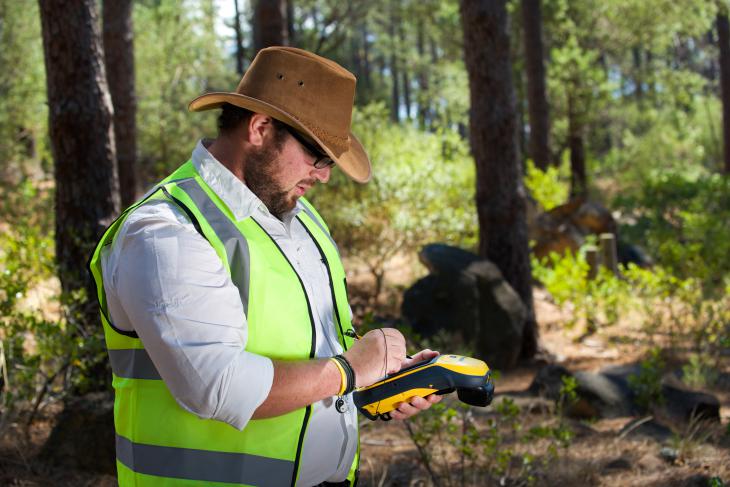GSA is reaching out to receivers manufactures with a Galileo test campaign for GIS grade receivers. Receivers will be tested using Signal in Space, and comparing GNSS constellations or their combinations both in a single frequency and dual frequency mode.
The European GNSS Agency (GSA) has officially launched the  Galileo test campaign for GIS grade receivers with the main objective to evaluate the receivers` performance, highlighting the added value of Galileo system for GIS Data Collection.
Galileo test campaign for GIS grade receivers with the main objective to evaluate the receivers` performance, highlighting the added value of Galileo system for GIS Data Collection.
Testing with GSA provides, among others, the following advantages:
- Independent tests: GSA will conduct neutral tests and provide objective results.
- Flexible test cases: GSA can modify or add new test cases depending on the manufacturer's needs.
- Two facilities equipped with state-of-the-art tools and instruments: GSA is collaborating with two laboratories (one at Thales Alenia Space Italy and the other at Airbus Defense and Space) to carry out the test cases.
- Free of cost: The tests are completely free of charge to the manufacturers as the aim of the campaign is to support to the industry to leverage the benefits of Galileo.
- Anonymous comparison of results: GSA provides the opportunity to compare results with other manufacturers in an anonymous way.
The scenarios of interest will be tested comparing the different GNSS constellations and their combinations both in a single frequency and dual frequency mode. All receivers will be tested using GNSS Signal in Space, so the test execution will be performed in parallel running all the receivers under test at the same time for each test case.
The tests will assess:
- positioning accuracy under different conditions
- time-to-first-fix
- tracking capability
Sign up today!
Manufacturers are encouraged to take advantage of this opportunity, which is completely free-of-charge and on a voluntary basis. All results will be kept confidential and covered by individual non-disclosure agreements. For more information, contact the GSA Market Development Department (market@gsa.europa.eu) no later than 1 December 2017.
Media note: This feature can be republished without charge provided the European GNSS Agency (GSA) is acknowledged as the source at the top or the bottom of the story. You must request permission before you use any of the photographs on the site. If you republish, we would be grateful if you could link back to the GSA website (http://www.gsa.europa.eu).